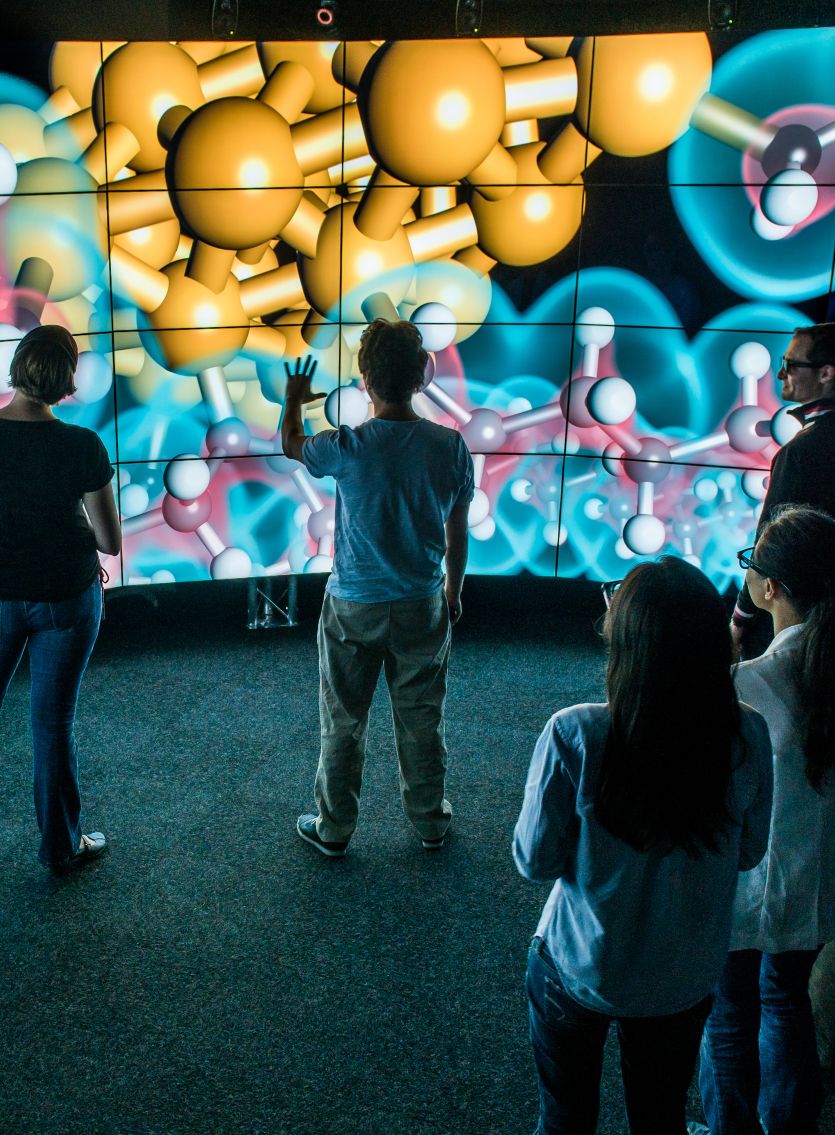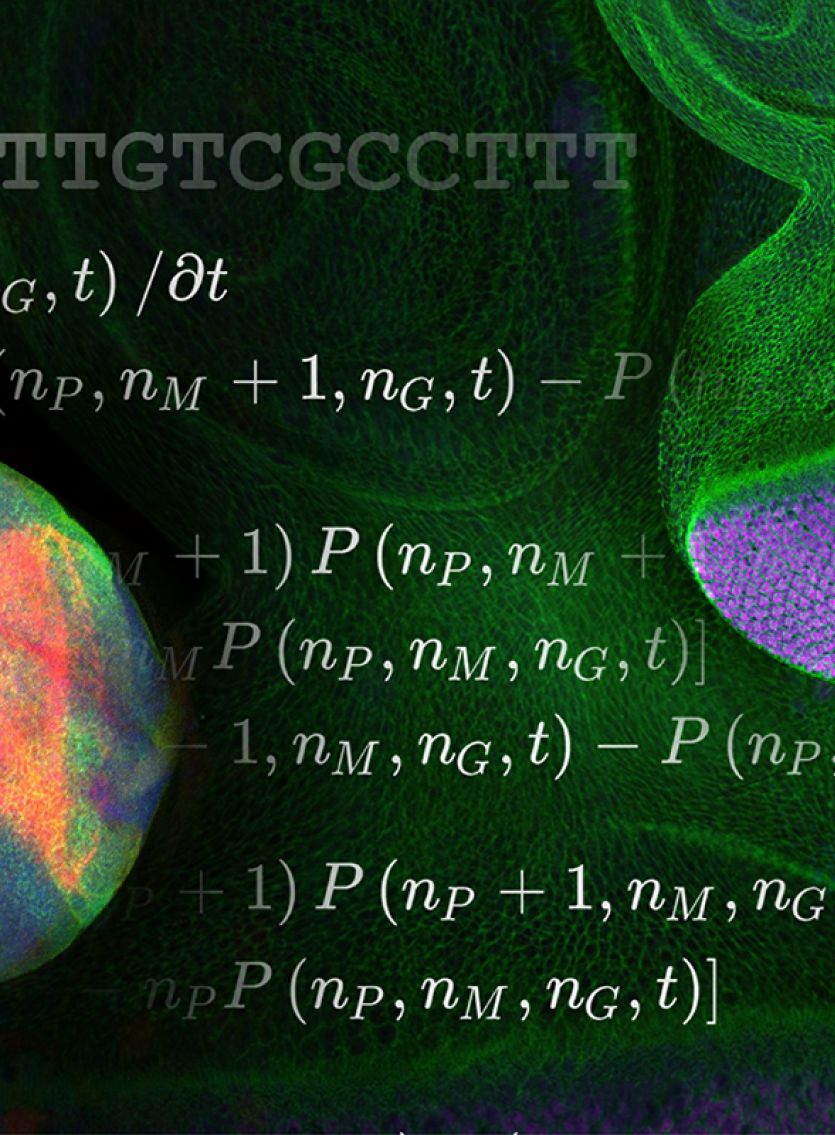Divisions and offices

Division of Astronomical Sciences (AST)
Supports research in all areas of astronomy and astrophysics, related multidisciplinary studies and a network of world-class telescopes and observatories.

Division of Chemistry (CHE)
Supports research and education in the chemical sciences through strategic investments aimed at developing a chemistry workforce that engages all U.S. regions and communities.

Division of Materials Research (DMR)
Supports research into the nature and capabilities of matter spanning a broad range of materials-related fields, as well as research facilities, education and training.

Division of Mathematical Sciences (DMS)
Supports research and training in theoretical and applied mathematics and statistics and cross-cutting partnerships across all STEM fields.

Division of Physics (PHY)
Supports research, facilities and training enabling exploration and understanding of nature at all scales, from the quantum-scale to the entire universe.

Office of Strategic Initiatives (OSI)
Supports crosscutting research, education and infrastructure in areas of strategic importance for NSF's mission and the broader U.S. scientific enterprise.
Stay connected
Sign up for email updates from MPS
Get news on funding opportunities, upcoming events and research highlights.
Attend virtual office hours
Talk directly with MPS program directors and learn how to submit a proposal.
Find funding and contact a program director
Search for programs and funding opportunities and find contact information for program directors. See also 5 tips on how to work with and NSF program officer.
MPS news and announcements
Keep up with the latest award announcements and research highlights.










